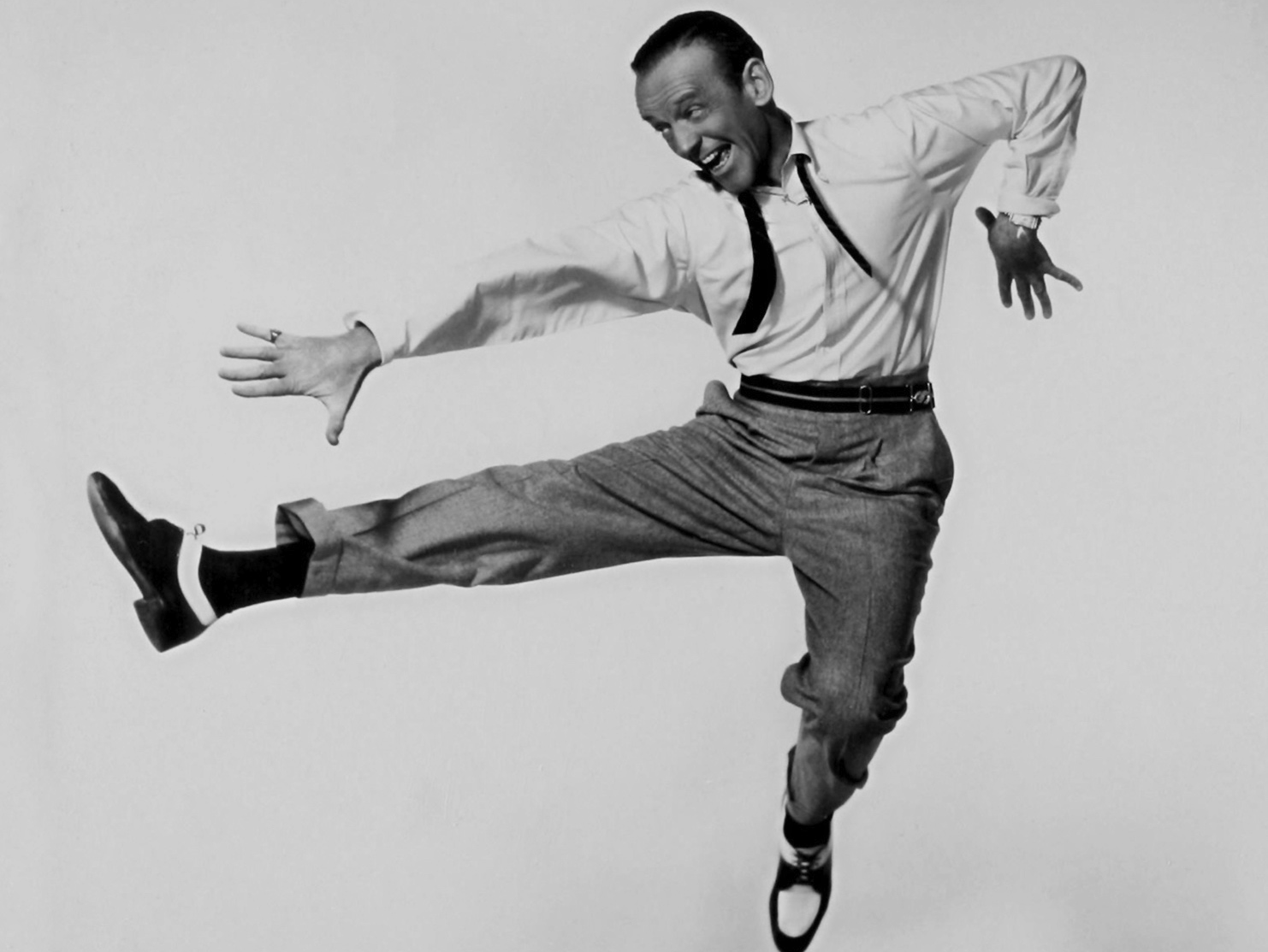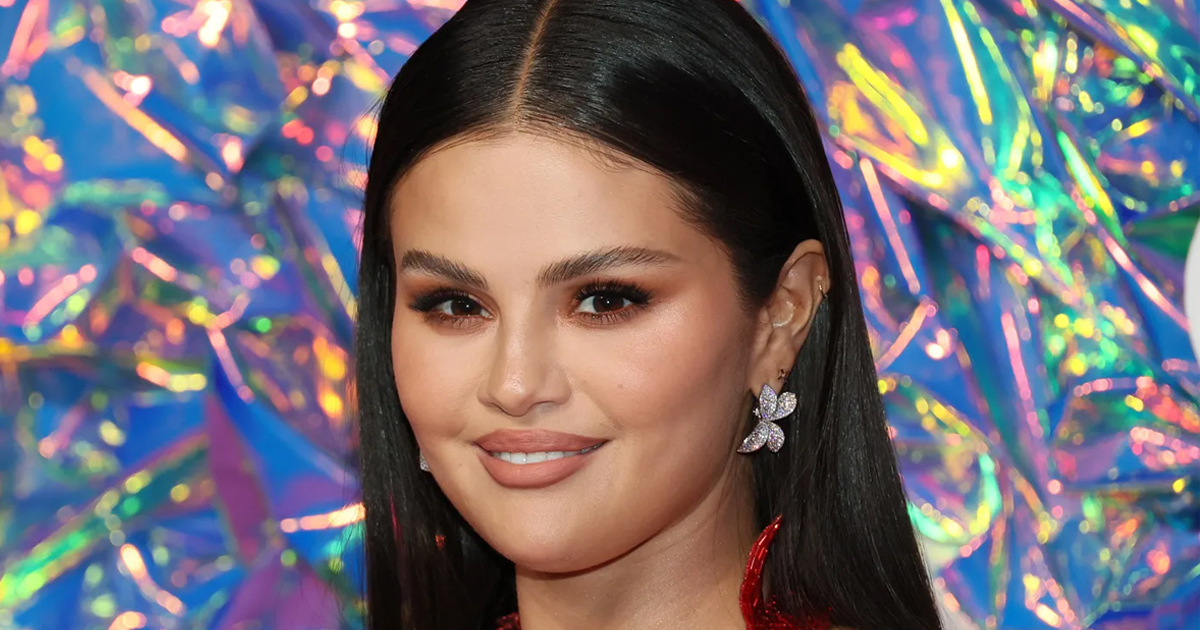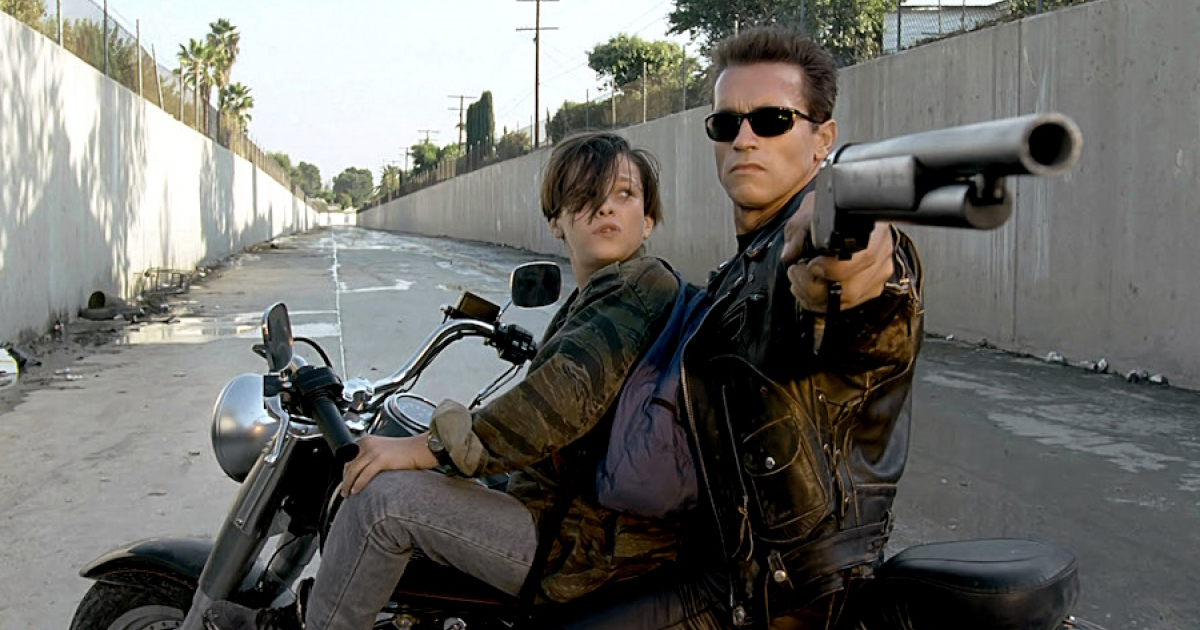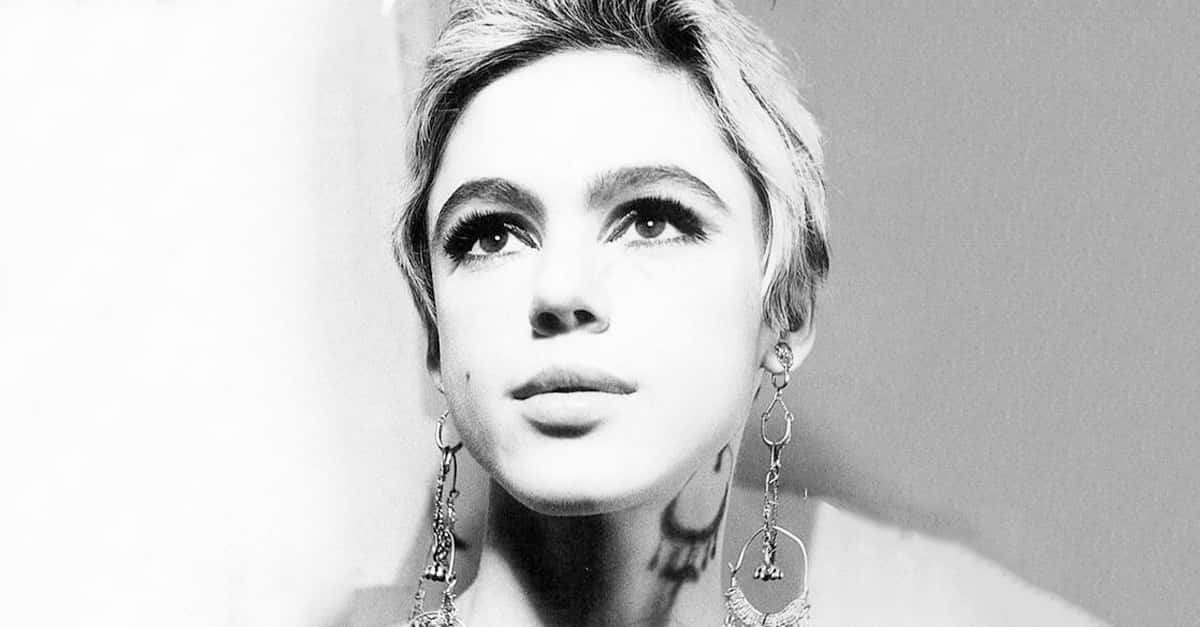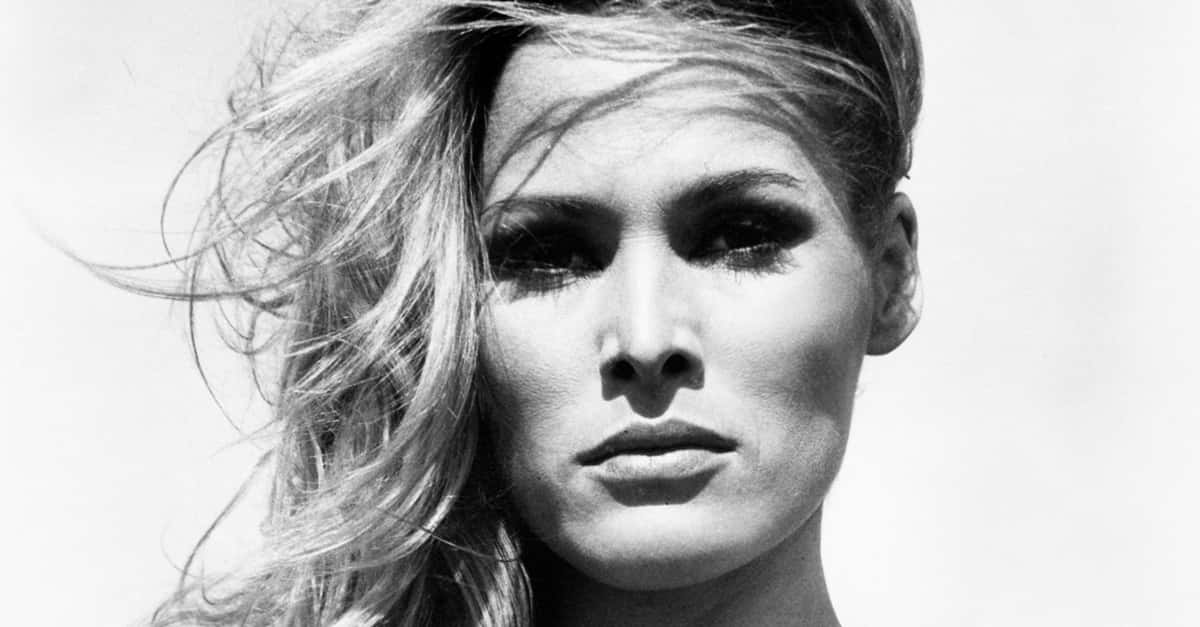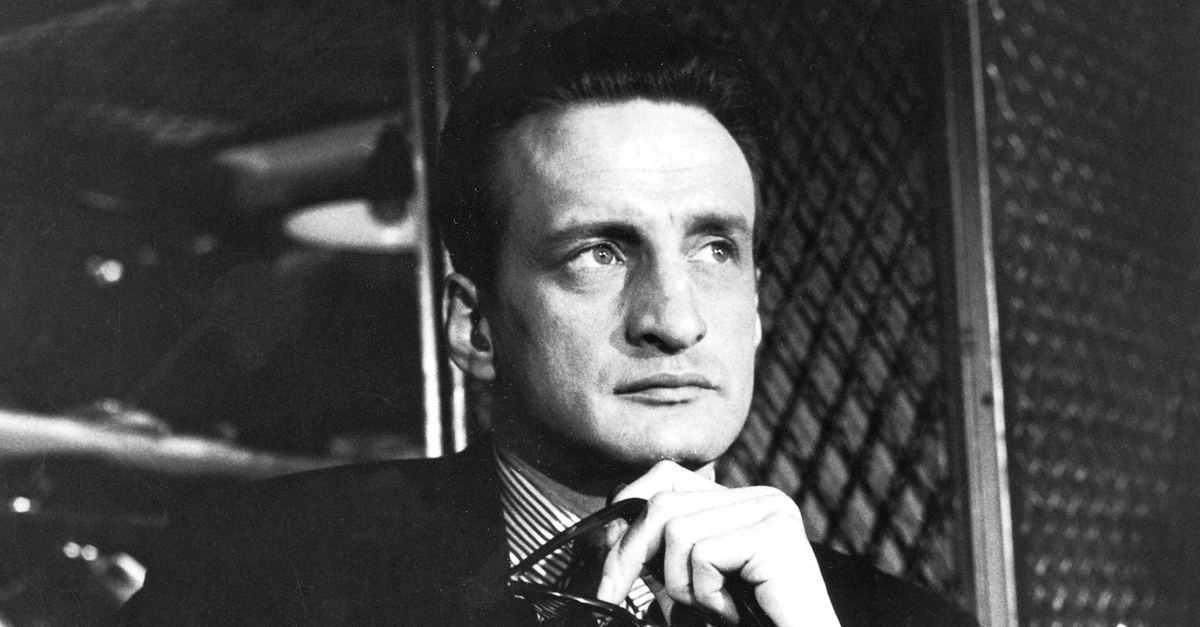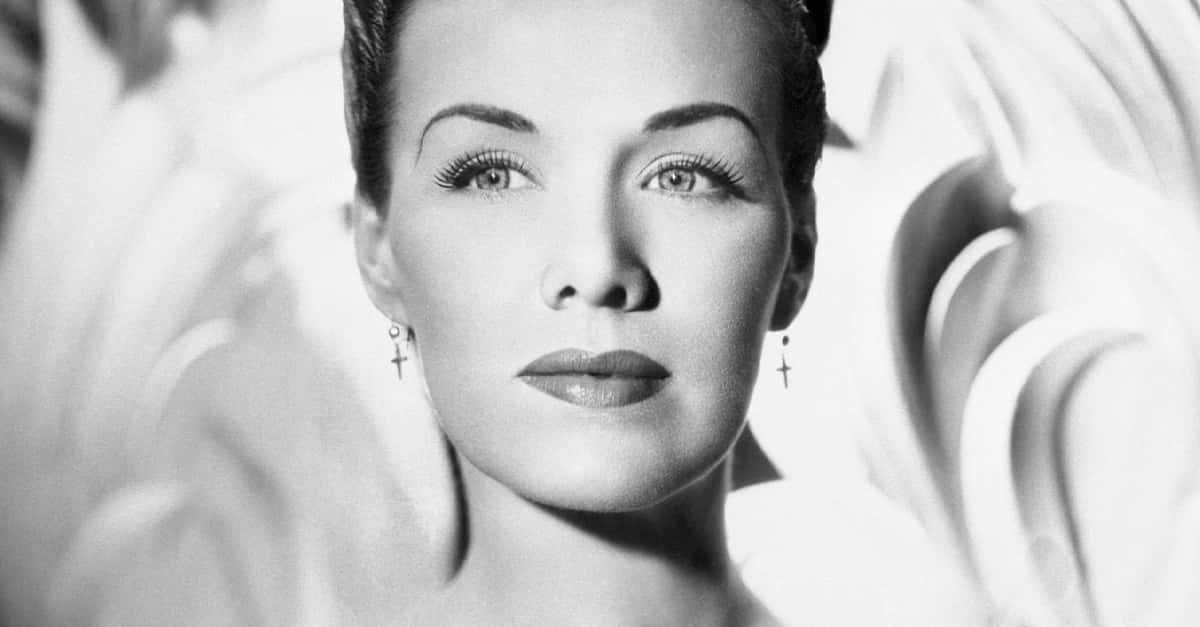Setting The Scene
In 1999, the American Film Institute (AFI) named 50 screen legends—25 actors and 25 actresses—who contributed the most to American cinema. Let's look at the AFI’s top 25 male stars, starting with the AFI’s most leading of leading men: cinematic legend Humphrey Bogart.
Humphrey Bogart (1899–1957)
“Bogie” was a superstar of his time, with four of his movies in the AFI’s top 100 American films of all time. He won his only Oscar for The African Queen (1951), opposite Katharine Hepburn.
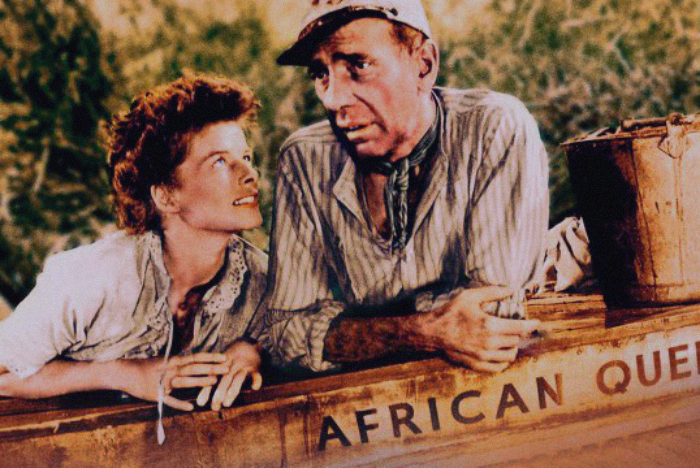 Horizon Pictures, Wikimedia Commons
Horizon Pictures, Wikimedia Commons
Humphrey Bogart (1899–1957)
But it was his role of Rick Blaine, his first romantic part, opposite Ingrid Bergman in Casablanca (1942), that sealed his place in pop culture—even if he didn’t exactly say “Play it again, Sam!”
 Unknown Author, Wikimedia Commons
Unknown Author, Wikimedia Commons
Cary Grant (1904–1986)
Grant moved to Hollywood from England and made his name in screwball comedies such as Bringing Up Baby (1938), later memorably co-starring with Audrey Hepburn in Charade (1963).
 Unknown Author, Wikimedia Commons
Unknown Author, Wikimedia Commons
Cary Grant (1904–1986)
But his lasting impact came with the films he did with Alfred Hitchcock, such as To Catch A Thief (1955) and North By Northwest (1959), with its crop-duster scene still being a fave in film schools.
 Motion Picture Daily, Wikimedia Commons
Motion Picture Daily, Wikimedia Commons
James Stewart (1908–1997)
Morally unimpeachable both on and off screen, Stewart won an Oscar for The Philadelphia Story (1940), but perhaps is best known for Christmas reruns of It’s A Wonderful Life (1946).
 Liberty Films, Wikimedia Commons
Liberty Films, Wikimedia Commons
James Stewart (1908–1997)
Like Grant, Stewart appeared in Hitchcock films, such as The Man Who Knew Too Much (1956) and Rear Window (1954), playing the man who knew too little, but wanted to know much more.
 Paramount Pictures, Wikimedia Commons
Paramount Pictures, Wikimedia Commons
Marlon Brando (1924–2004)
Dark and brooding Brando won his first Oscar for playing a dockworker in On The Waterfront (1954), and his second for playing mafia kingpin Vito Corleone in The Godfather (1972).
 Horizon Pictures, Wikimedia Commons
Horizon Pictures, Wikimedia Commons
Marlon Brando (1924–2004)
But Brando’s role in Francis Ford Coppola’s Apocalypse Now (1979) rivals his role in The Godfather for pop-culture status, as demented Captain Kurtz intones, “The horror…the horror”.
 American Zoetrope, Apocalypse Now (1979)
American Zoetrope, Apocalypse Now (1979)
Fred Astaire (1899–1987)
He danced, he sang, he acted, and so much more. It’s hard not to think of dancing musicals without thinking of Fred Astaire, particularly with Ginger Rogers in such fare as Top Hat (1935).
 RKO Radio Pictures, Wikimedia Commons
RKO Radio Pictures, Wikimedia Commons
Fred Astaire (1899–1987)
He later appeared in box office hits Holiday Inn (1942) and Blue Skies (1946), which featured Astaire’s indelible tap-dancing skills on display in the classic number “Putting On The Ritz”.
Henry Fonda (1905–1982)
Fonda memorably played in many Westerns, including John Ford’s My Darling Clementine (1946), and Sergio Leone’s Once Upon A Time In The West (1968), where he unusually played the villain.
 Los Angeles Times, CC BY 4.0, Wikimedia Commons
Los Angeles Times, CC BY 4.0, Wikimedia Commons
Henry Fonda (1905–1982)
But he won his only Oscar for his last cinematic release, On Golden Pond (1981), co-starring Katharine Hepburn and Fonda’s daughter, Jane, in a gripping drama about family and old age.
 ITC Entertainment, On Golden Pond (1981)
ITC Entertainment, On Golden Pond (1981)
Clark Gable (1901–1960)
A popular leading man from the 1930s to 60s, Gable won an Oscar for the romantic comedy It Happened One Night (1934) and was nominated for his role in Mutiny On The Bounty (1935).
 FilmAffinity, Wikimedia Commons
FilmAffinity, Wikimedia Commons
Clark Gable (1901–1960)
But his most memorable line comes from the Southern drama Gone With The Wind (1939), when an exasperated Rhett Butler tells his wife, “Frankly, my dear, I don’t give a damn”.
James Cagney (1899–1986)
Famous for his thuggish roles, tough guy Cagney also pushed against being typecast by dancing in such films as Yankee Doodle Dandy (1942), which won him an Oscar.
 Warner Bros. Studio, Wikimedia Commons
Warner Bros. Studio, Wikimedia Commons
James Cagney (1899–1986)
But history focuses on his early tough-guy roles, such as in The Public Enemy (1931), which helped define the gangster genre, and saw Cagney squash a grapefruit into Mae Clark’s face.
 Warner Bros., Wikimedia Commons
Warner Bros., Wikimedia Commons
Spencer Tracy (1900–1967)
Tracy won two Oscars in a row, for Captains Courageous (1937) and Boys Town (1938), in which he played a priest who’s spurred by a prisoner’s rant to start a homeless boys’ refuge.
 Associated Publications, Wikimedia Commons
Associated Publications, Wikimedia Commons
Spencer Tracy (1900–1967)
But his most poignant role was with co-star (and partner) Katharine Hepburn in the interracial drama Guess Who’s Coming To Dinner (1967). Tracy passed away 17 days after his last scene.
 Stanley Kramer, Wikimedia Commons
Stanley Kramer, Wikimedia Commons
Charlie Chaplin (1889–1977)
Growing up in poverty, Chaplin performed on stage in England until making it big in the US. His bumbling mustachioed persona in The Tramp (1915) became famous around the world.
 P.D Jankens, Wikimedia Commons
P.D Jankens, Wikimedia Commons
Charlie Chaplin (1889–1977)
Chaplin was a huge star in the silent era, and resisted the talkies as long as he could, releasing two dialogue-free films well into the sound era: City Lights (1931) and Modern Times (1936).
 United Artists., Wikimedia Commons
United Artists., Wikimedia Commons
Gary Cooper (1901–1961)
Starting off as a film extra and stuntman in the silent era, Cooper made it big starring in Westerns and war movies, winning an Oscar playing the title role in Sergeant York (1941).
 Los Angeles Times, CC BY 4.0, Wikimedia Commons
Los Angeles Times, CC BY 4.0, Wikimedia Commons
Gary Cooper (1901–1961)
He won his second Oscar for High Noon (1952), playing a morally conflicted sheriff who takes a stand when a villain returns to town, in a film edited to play in real time to boost the suspense.
 Stanley Kramer, Wikimedia Commons
Stanley Kramer, Wikimedia Commons
Gregory Peck (1916–2003)
Peck’s wide-ranging filmography includes Hitchcock’s Spellbound (1945), William Wyler’s Roman Holiday (1953), Richard Donner’s The Omen (1976), and the equally scary Cape Fear (1962).
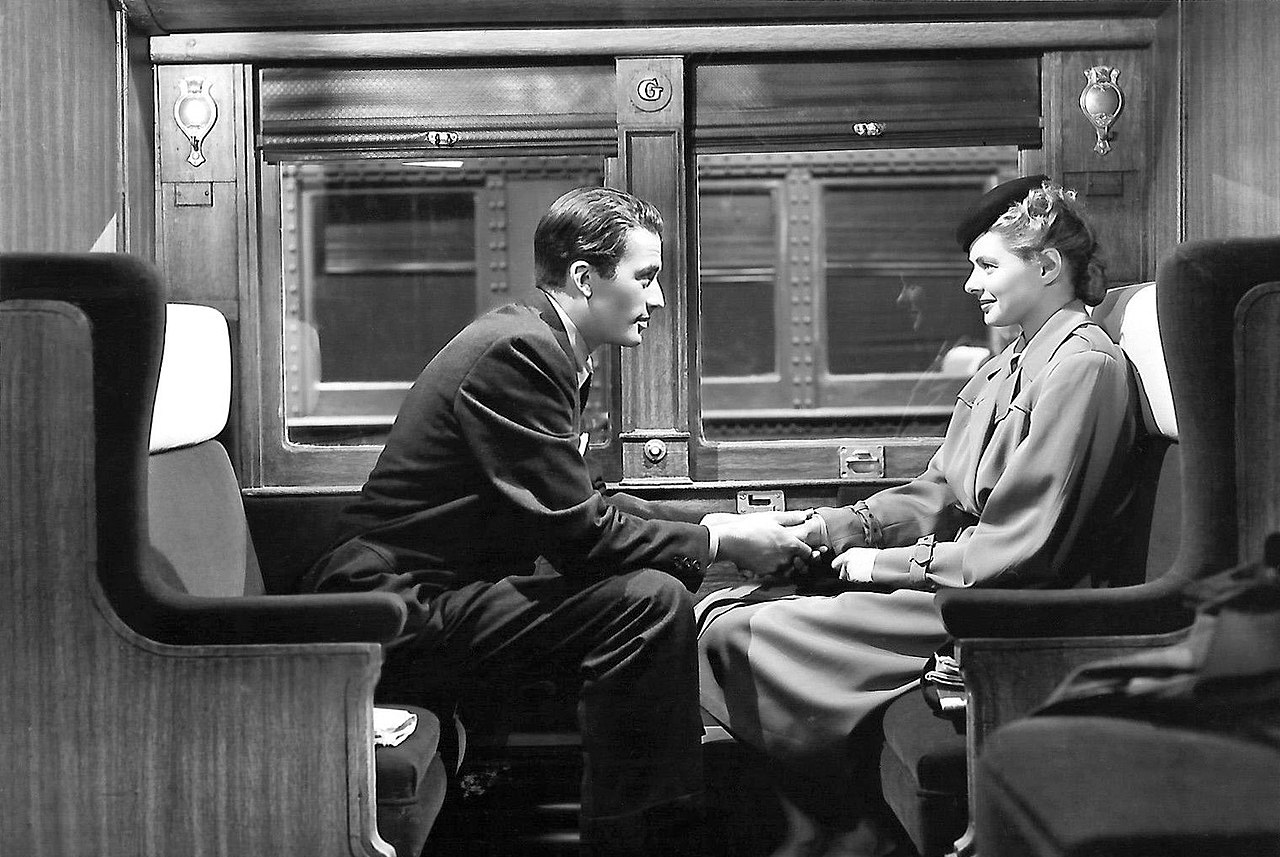 Selznick International Pictures, Wikimedia Commons
Selznick International Pictures, Wikimedia Commons
Gregory Peck (1916–2003)
But it was another film released in 1962 that won him his only Oscar: To Kill A Mockingbird, the powerful racial tale of Atticus Finch, a lawyer defending a client unjustly accused.
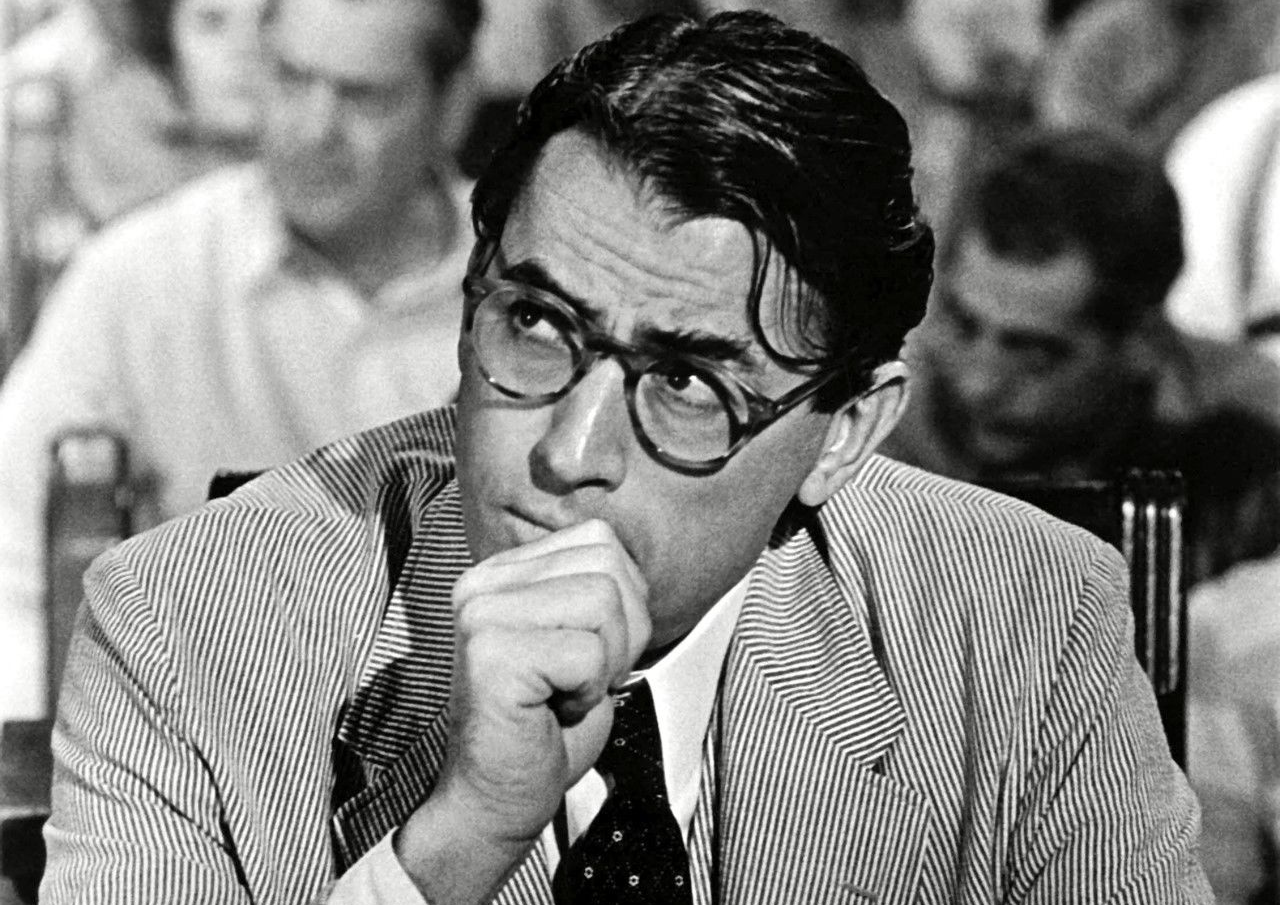 Universal Pictures, Wikimedia Commons
Universal Pictures, Wikimedia Commons
John Wayne (1907–1979)
Though he’d become an icon of the Western, Wayne’s box-office failure with The Big Trail (1930) delayed his stardom until John Ford’s great critical and commercial success, Stagecoach (1939).
 Max Munn Autrey, Wikimedia Commons
Max Munn Autrey, Wikimedia Commons
John Wayne (1907–1979)
Wayne’s one Oscar win came for his role in True Grit (1969), where he played a sheriff with an eyepatch and an ornery attitude, a bit different from the clearcut heroic roles he’d mostly played.
 Paramount Pictures, True Grit (1969)
Paramount Pictures, True Grit (1969)
Laurence Olivier (1907–1989)
This English stage actor made his mark in Hollywood starring in films such as Wyler’s Wuthering Heights (1939), Hitchcock’s Rebecca (1940), and his self-directed Hamlet (1948).
 Screenland Magazine, Wikimedia Commons
Screenland Magazine, Wikimedia Commons
Laurence Olivier (1907–1989)
But in pop culture, his most enduring role is likely as the world’s most menacing dentist in John Schlesinger’s Marathon Man (1976), demanding of Dustin Hoffman’s character, “Is it safe?”
 Allan warren, CC BY-SA 3.0, Wikimedia Commons
Allan warren, CC BY-SA 3.0, Wikimedia Commons
Orson Welles (1915–1985)
Welles’ mercurial movie career peaked at the very start with the classic Citizen Kane (1941), and then slowly descended into acrimony after heavy-handed studio interference with later films.
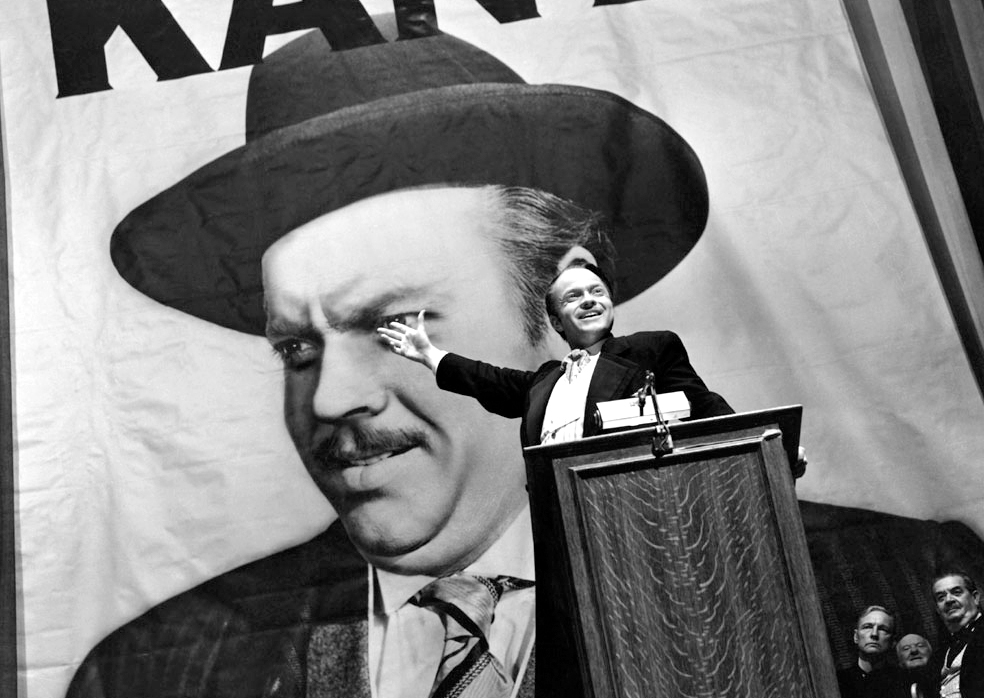 Alexander Kahle, Wikimedia Commons
Alexander Kahle, Wikimedia Commons
Orson Welles (1915–1985)
Hampered by his reputation as a megalomaniac, Welles was hired only as an actor for the visually striking Touch Of Evil (1958), but added as director at star Charlton Heston’s insistence.
 Universal Pictures, Wikimedia Commons
Universal Pictures, Wikimedia Commons
Kirk Douglas (1916–2020)
Before leaving us at age 103, Douglas was one of the few remaining legends from Hollywood’s Golden Era, which brought us Champion (1949) and brought Douglas an Oscar for playing a cheating boxer.
 United Artists, Champion (1949)
United Artists, Champion (1949)
Kirk Douglas (1916–2020)
Douglas reached beyond acting, too, producing Stanley Kubrick’s Paths of Glory (1957) and Spartacus (1960), in which Douglas took the lead role as a seditious slave in a corrupt Rome.
 NBC Television, Wikimedia Commons
NBC Television, Wikimedia Commons
James Dean (1931–1955)
The star of Rebel Without A Cause (1955) never saw the film, dying months before its release in a sports car crash that cemented his youthful and rebellious reputation.
 Warner Bros., Wikimedia Commons
Warner Bros., Wikimedia Commons
James Dean (1931–1955)
He’d wowed audiences just months before in East Of Eden, which chronicled a Cain-and-Abel tale of warring siblings and a distant father. His last film, Giant, was released in 1956.
 Warner Bros., Wikimedia Commons
Warner Bros., Wikimedia Commons
Burt Lancaster (1913–1994)
Lancaster was a versatile actor who started off playing tough guys but later graduated to more sophisticated fare, including Judgment at Nuremberg (1961) and Birdman of Alcatraz (1962).
 Hal Wallis Productions, Wikimedia Commons
Hal Wallis Productions, Wikimedia Commons
Burt Lancaster (1913–1994)
Not in the sophisticated category would be the air-disaster flick Airport (1970), a $10 million film that was no disaster at the box office, grossing around $130 million.
 Universal Pictures, Airport (1970)
Universal Pictures, Airport (1970)
The Marx Brothers
The AFI’s list actually includes 27 actors, as the eldest of those zany Marx Brothers are bundled up as a collective entry for Chico (1887–1961), Harpo (1888–1964), and Groucho (1890–1970).
 Niday Picture Library, Wikimedia Commons
Niday Picture Library, Wikimedia Commons
The Marx Brothers
Cigar-puffing Groucho was famed for his quips, such as this one from Animal Crackers (1931): “One morning I shot an elephant in my pajamas. How he got in my pajamas, I don't know”.
 Paramount Pictures, Animal Crackers (1930)
Paramount Pictures, Animal Crackers (1930)
Buster Keaton (1895–1966)
This slapstick comedian with a deadpan face produced a string of comedy hits in the 1920s, and left a legacy that has inspired comedians ever since.
 Bain News Service, Wikimedia Commons
Bain News Service, Wikimedia Commons
Buster Keaton (1895–1966)
Likely his best film is The General (1926), which sadly did not do well at the box office, robbing Keaton of future artistic freedom—though it is fondly seen today as one of the best silent movies ever.
 Buster Keaton Productions, The General (1926)
Buster Keaton Productions, The General (1926)
Sidney Poitier (1927–2022)
The only African American on the list, Poitier helped pave the way for Black performers in Hollywood. His breakthrough film was Stanley Kramer’s The Defiant Ones (1958).
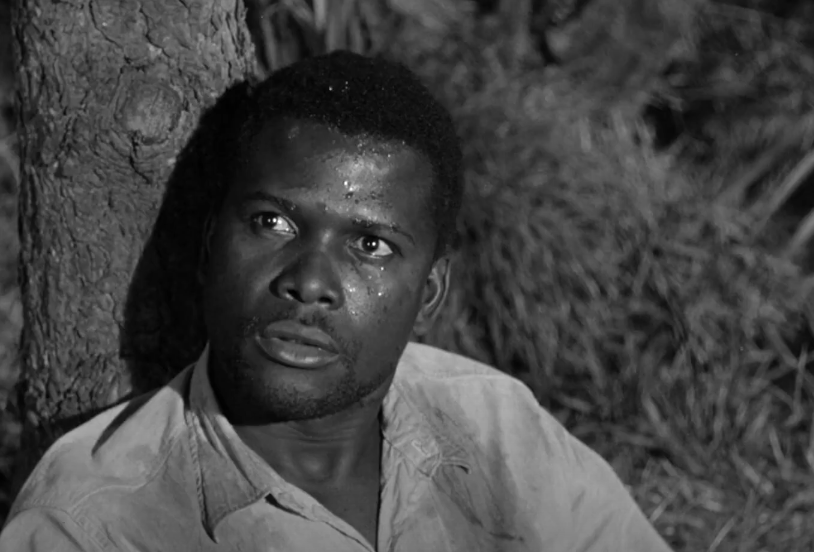 United Artists, The Defiant Ones (1958)
United Artists, The Defiant Ones (1958)
Sidney Poitier (1927–2022)
One of Poitier’s biggest years was 1967, when three of his films came out, all dealing with race: To Sir, With Love, In The Heat Of The Night, and Guess Who's Coming To Dinner.
 Unknown photographer, Wikimedia Commons
Unknown photographer, Wikimedia Commons
Robert Mitchum (1917–1997)
Mitchum is often associated with film noir of the late 1940s and early 1950s, frequently playing an antihero whose stoic face should never be mistaken for a lack of feeling.
 J. Fred Henry Publications, Wikimedia Commons
J. Fred Henry Publications, Wikimedia Commons
Robert Mitchum (1917–1997)
Gregory Peck successfully begged Mitchum to play an ex-convict in Cape Fear (1962), a film that prompted mixed critical opinion, but praise for Mitchum’s terrifying performance.
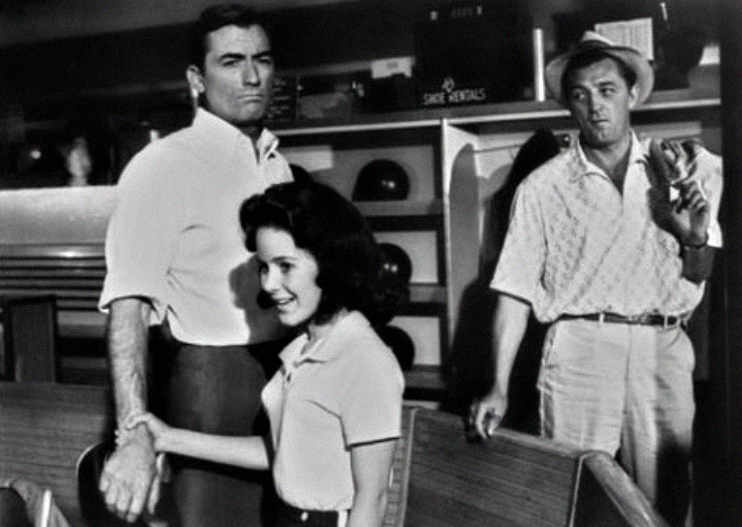 Universal Pictures, Wikimedia Commons
Universal Pictures, Wikimedia Commons
Edward G Robinson (1893–1973)
Like Cagney, this Hollywood giant helped shape the course of gangster films, as he rose to stardom in 1931 playing Caesar Enrico "Rico" Bandello in Little Caesar (1931).
 Warner Bros., Wikimedia Commons
Warner Bros., Wikimedia Commons
Edward G Robinson (1893–1973)
In Key Largo (1948), directed by John Huston, Robinson plays another ruthless thug—Johnny Rocc, renowned for his callousness—in the last film co-starring Robinson and Bogart.
 Warner Bros., Wikipedia Commons
Warner Bros., Wikipedia Commons
William Holden (1918–1981)
Holden drew in the crowds in the 1950s, starring in such Hollywood classics as The Bridge On The River Kwai (1957) and Stalag 17 (1953), with his role as a POW earning him an Oscar.
 Unknown Author, Wikimedia Commons
Unknown Author, Wikimedia Commons
William Holden (1918–1981)
However, film fans may most appreciate his role opposite Gloria Swanson in Sunset Boulevard (1950), a film about filmmaking and fame that starts with him floating lifelessly in a pool.
Roll Credits And Bring Up The House Lights
And so we bid adieu to these luminaries of Hollywood’s Golden Age, four of whom were still alive when the list was announced in 1999, but who have now all departed for that great screening room in the sky. Yet their legacy lives on.
Gene Kelly (1912–1996)
Dancer, singer, actor, and choreographer Kelly drew great acclaim for Technicolor musicals in the 1950s, including An American In Paris (1951), directed by Vincente Minnelli.
Gene Kelly (1912–1996)
But he’s likely most remembered for the dazzling Singin' In The Rain (1952), a self-referential movie looking at the cinema scene as it exited the silent era and embraced talkies.
However, few people know that there's a shocking secret in the opening sequence of the movie. You see, Kelly was actually horrifically ill during his iconic performance, and showed up to set that day with a a temperature of 103F. Being the director/choreographer/star of the movie, he pushed through the pain to give us that spectacular dance number.


